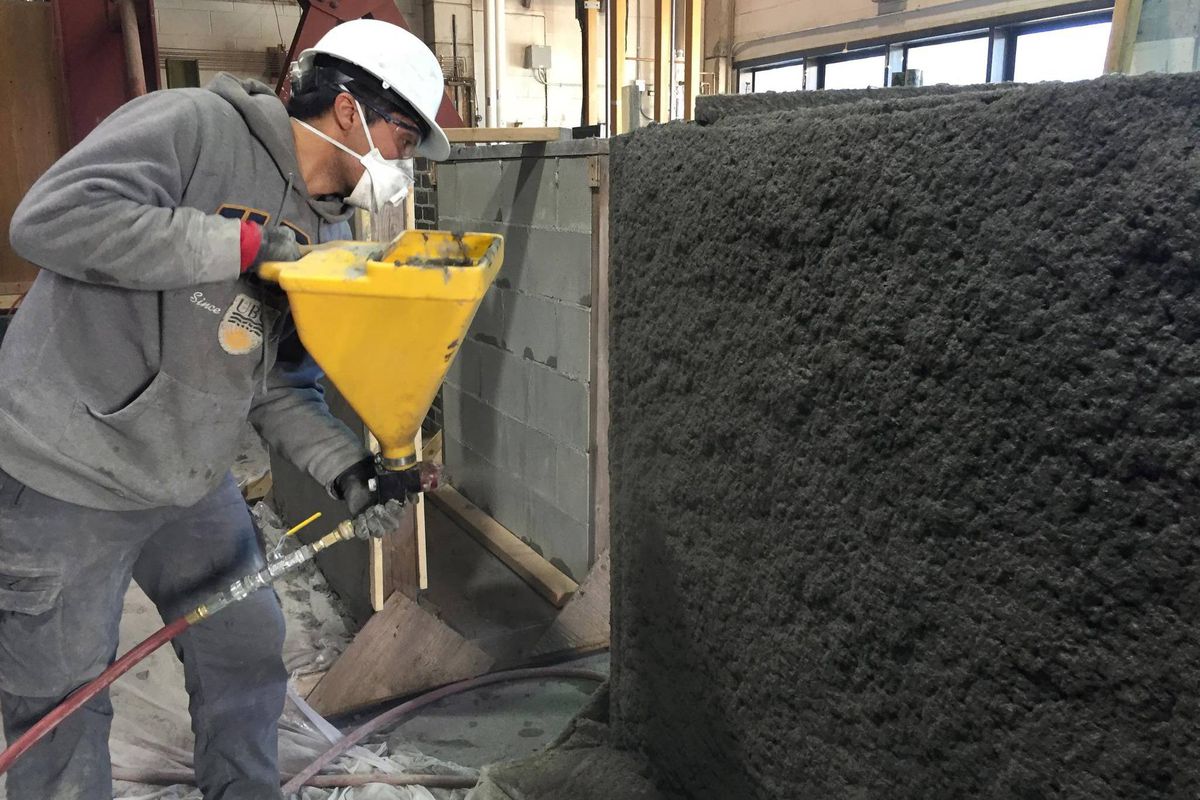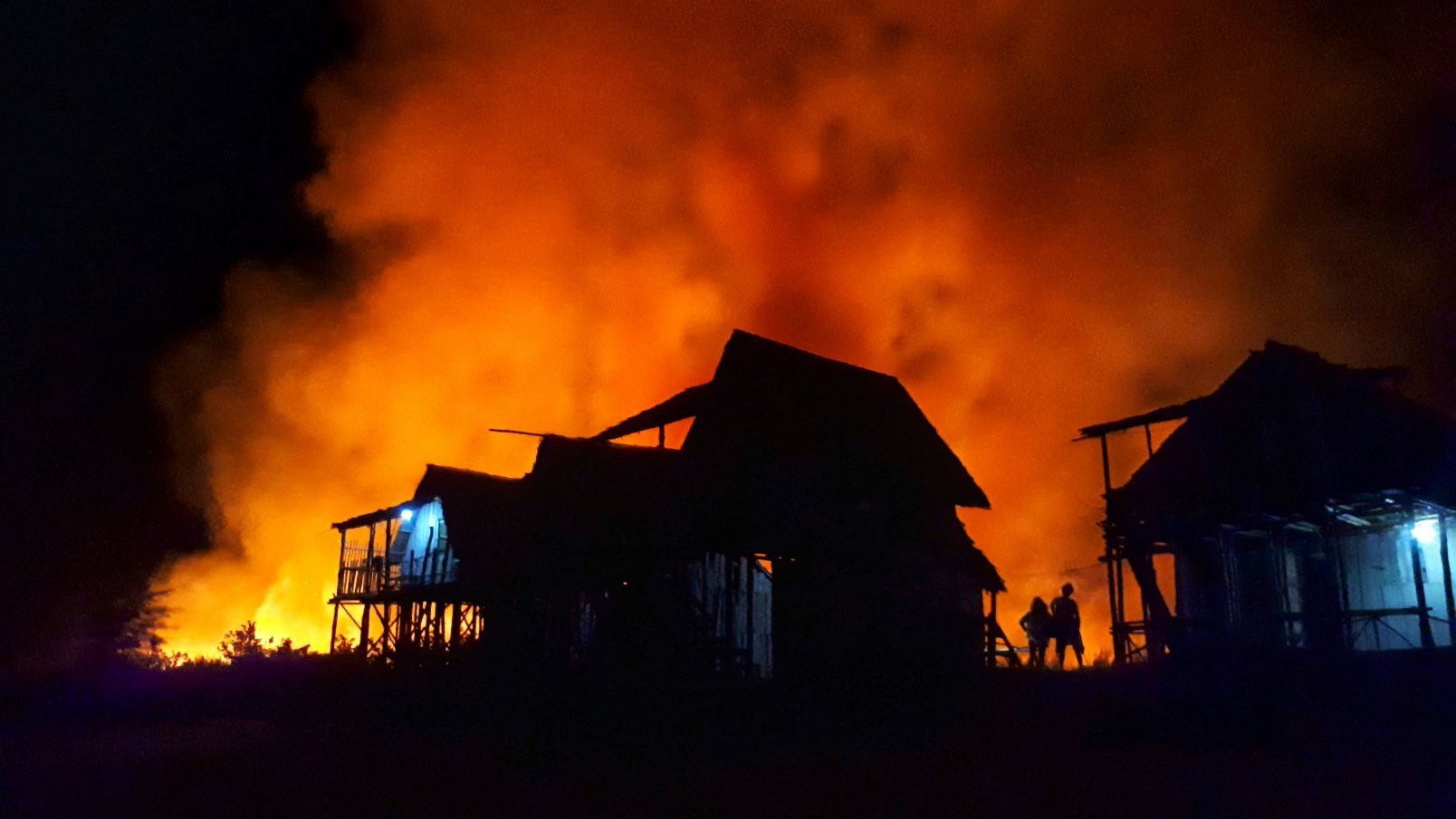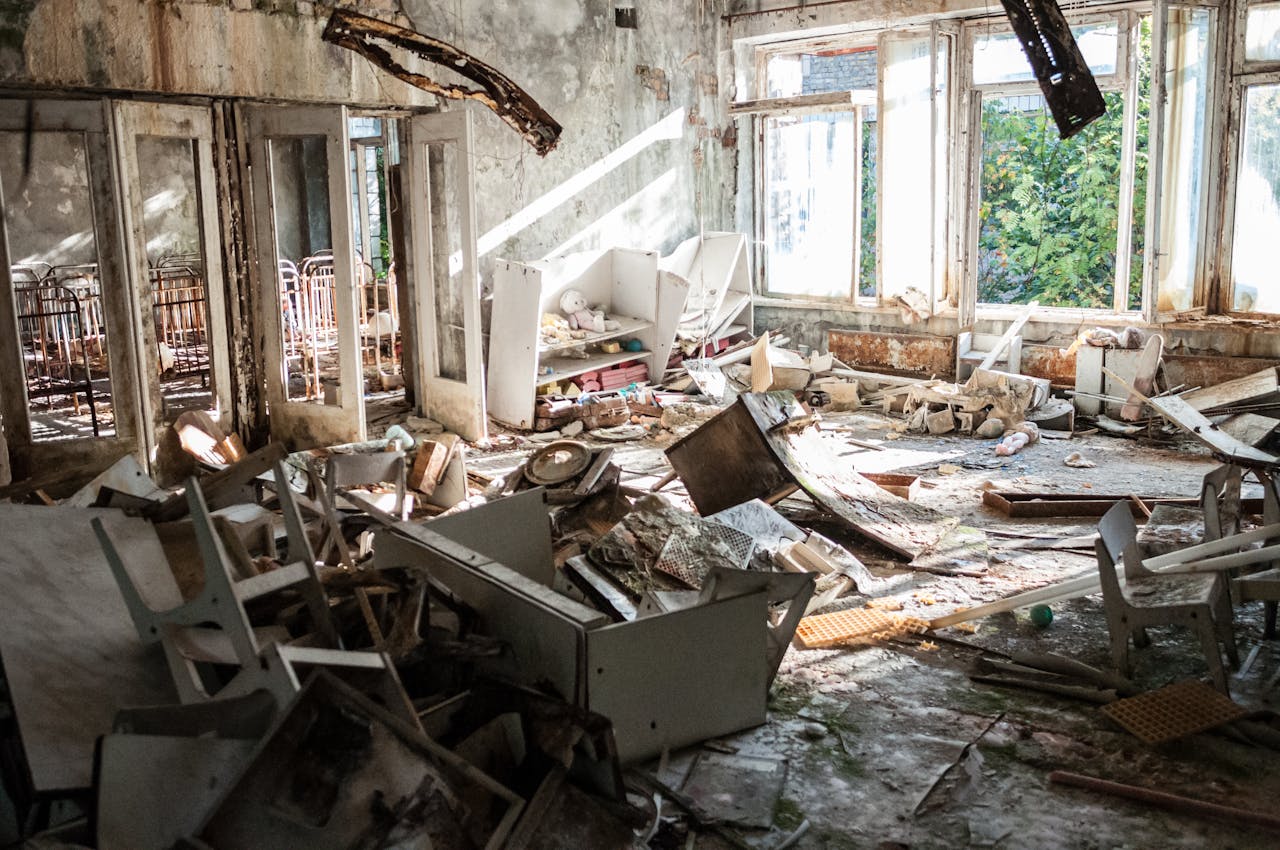Oct 10, 2017 – A new seismic-resistant, fibre-reinforced concrete has been developed at the University of British Columbia.
Engineered at the molecular scale to be strong, malleable, and ductile, similar to steel, this new form of concrete is capable of dramatically enhancing the earthquake resistance of a seismically vulnerable structure when applied as a thin coating on the surfaces.
The material, called eco-friendly ductile cementitious composite (EDCC), has withstood earthquake simulation tests using intensities as high as the magnitude 9.0–9.1 earthquake that struck Tohoku, Japan in 2011.
“We sprayed a number of walls with a 10 millimetre-thick layer of EDCC, which is sufficient to reinforce most interior walls against seismic shocks,” says Salman Soleimani-Dashtaki, a PhD candidate in the department of civil engineering at UBC. “Then we subjected them to Tohoku-level quakes and other types and intensities of earthquakes—and we couldn’t break them.”
EDCC combines cement with polymer-based fibres, flyash and other industrial additives, making it highly sustainable, according to UBC civil engineering professor Nemy Banthia, who supervised the work.
“By replacing nearly 70 per cent of cement with flyash, an industrial byproduct, we can reduce the amount of cement used,” said Banthia. “This is quite an urgent requirement as one tonne of cement production releases almost a tonne of carbon dioxide into the atmosphere, and the cement industry produces close to seven per cent of global greenhouse gas emissions.”
The research was funded by the UBC-hosted Canada-India Research Centre of Excellence IC-IMPACTS, which promotes research collaboration between Canada and India. IC-IMPACTS will make EDCC available to retrofit a school in Roorkee in Uttarakhand, a highly seismic area in northern India.
“This technology is gaining significant attention in India and will provide our Canadian companies a strong competitive edge in the growing global infrastructure market,” added Banthia, who also serves as IC-IMPACTS scientific director.
Source: UBC





